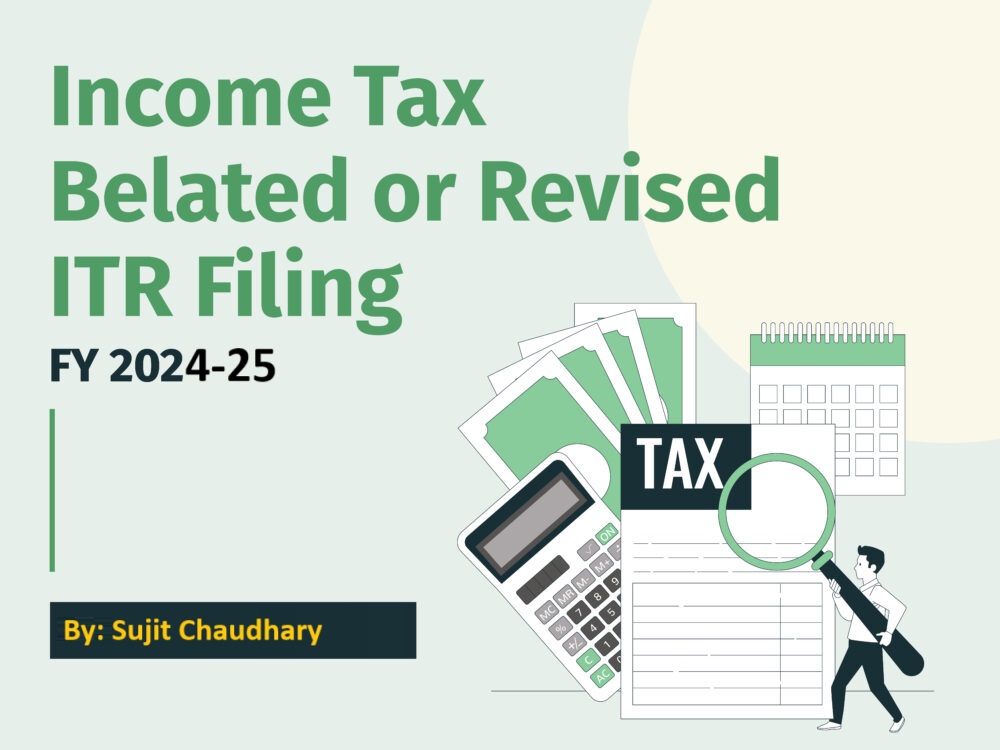Introduction
GSTR-7 is a critical return form under the Goods and Services Tax (GST) regime in India. It is specifically designed for deductors responsible for Tax Deducted at Source (TDS) under GST. This form plays a vital role in ensuring transparency and compliance in tax collection, making it essential for taxpayers to understand its rules, uses, and benefits.
What is GSTR-7?
GSTR-7 is a monthly return form that needs to be filed by taxpayers who deduct TDS under GST. It contains details about:
- TDS deducted during the month.
- TDS liability payable and paid.
- TDS certificate details issued to the deductee.
Who Should File GSTR-7?
Taxpayers who are mandated to deduct TDS under GST must file GSTR-7. These include:
Government departments and establishments.
Local authorities and statutory bodies.
Public sector undertakings (PSUs).
Entities under contracts exceeding ₹2.5 lakh.
Key Rules and Filing Procedure
- Filing Frequency:
GSTR-7 must be filed monthly by the 10th of the succeeding month. - Penalty for Non-Compliance:
Late filing attracts a penalty of ₹50 per day (₹25 CGST + ₹25 SGST). If there is a delay in tax payment, an interest of 18% per annum is also applicable. - Details Required:
GSTIN of deductor and deductee.
Total TDS deducted and deposited.
TDS certificates issued to deductees.
- Filing Steps:
Log in to the GST portal.
Go to the Returns Dashboard and select GSTR-7.
Fill in the necessary details and validate.
Pay the tax liability, if any, and submit the form.
Importance of GSTR-7
- Ensures Compliance:
It helps the government monitor TDS under GST and ensures that taxes are collected accurately. - Transparency:
GSTR-7 ensures transparency between deductors and deductees by documenting tax deductions. - Avoids Legal Penalties:
Timely filing protects businesses from penalties and legal complications.
Uses of GSTR-7
- Tracking TDS Credits:
It helps deductees claim TDS credits accurately in their GSTR-2A. - Record Maintenance:
Acts as an official record for tax authorities and businesses. - Cross-Verification:
Details in GSTR-7 are used to verify the deductions with deductees’ returns.
Examples to Illustrate GSTR-7
Example 1:
A public sector undertaking hires a contractor for ₹5,00,000. TDS @ 2% is deducted, amounting to ₹10,000. The contractor can claim this amount as a credit when filing their GST returns.
Example 2:
A government department deducts TDS of ₹20,000 from payments to a supplier and files GSTR-7. The supplier’s GSTR-2A will reflect this amount as TDS credit.
Benefits of GSTR-7
- Streamlined Tax Collection:
GSTR-7 simplifies tax deduction and remittance processes. - Input Tax Credit (ITC):
Deductees can claim ITC based on the TDS deducted, reducing their tax burden. - Reduces Tax Evasion:
Ensures accountability and minimizes instances of tax evasion. - Legal Compliance:
Filing GSTR-7 ensures businesses stay compliant with GST laws, avoiding penalties. - Improves Business Reputation:
Accurate filing demonstrates good financial practices, improving trust with stakeholders.
Conclusion
GSTR-7 is a pivotal component of the GST framework, ensuring effective tax collection and fostering trust between taxpayers and the government. By understanding its rules, importance, and benefits, taxpayers can not only stay compliant but also leverage the system to their advantage. Timely filing and proper record maintenance of GSTR-7 ensure smooth operations and help businesses focus on growth without legal distractions.


